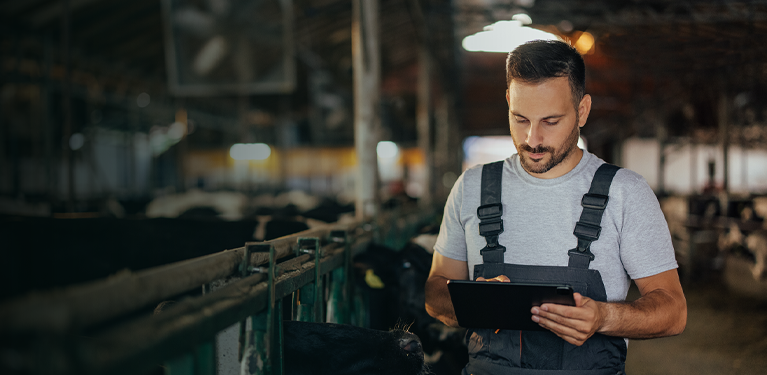
Қар . 15, 2024 08:00 Back to list
chicken salpingitis supplier
Understanding Chicken Salpingitis Causes, Implications, and Management
Chicken salpingitis is a significant health issue impacting poultry farms globally. It refers to the inflammation of the oviduct in hens, which can lead to severe reproductive challenges and affect the overall productivity of laying hens. The condition is primarily caused by bacterial infections, though factors such as stress, poor management practices, and environmental conditions can exacerbate the problem.
Causes of Chicken Salpingitis
The primary culprit behind chicken salpingitis is often bacterial pathogens, particularly Escherichia coli (E. coli). These bacteria can invade the oviduct after the birds experience stress or if their immune systems are compromised. Factors contributing to these conditions include overcrowding, inadequate ventilation, poor sanitation, and nutritional deficiencies.
In addition to bacterial infections, viral diseases may also play a role in salpingitis. For instance, infections caused by the Infectious Bronchitis Virus (IBV) can predispose hens to secondary bacterial infections, including salpingitis. Moreover, any condition that causes irritation or injury to the reproductive tract can lead to inflammation and subsequent infections.
Symptoms and Impact on Production
Hens suffering from salpingitis may exhibit a range of symptoms, including a decline in egg production, abnormal egg shapes, and increased mortality rates. The inflammation of the oviduct can lead to the accumulation of pus and fluid, resulting in a condition known as salpingitis-associated egg yolk peritonitis, further complicating the health status of the affected birds.
The economic implications of chicken salpingitis are significant. Affected hens typically experience reduced egg output, which translates to financial losses for poultry producers. Furthermore, the cost of veterinary care and treatment interventions can add to the financial burden. Managing flocks with high instances of salpingitis may require increased biosecurity measures and adjustments to management practices, impacting overall farm efficiency.
Management and Prevention Strategies
chicken salpingitis supplier

Effective management of chicken salpingitis involves a multifaceted approach focusing on prevention, early detection, and treatment. Here are some strategies that poultry farmers can adopt to mitigate the risks associated with salpingitis
1. Biosecurity Measures Implementing strict biosecurity protocols is essential in preventing the entry and spread of pathogens. This includes controlling access to farms, routinely disinfecting equipment, and monitoring visitor activities.
2. Nutritional Management Ensuring hens receive a well-balanced diet that meets their nutritional needs can bolster their immune response and reduce the risk of infections. Supplements such as probiotics may also enhance gut health and immunity.
3. Environmental Control Maintaining optimal housing conditions—adequate space, ventilation, and temperature control—can reduce stress levels among hens. Avoiding overcrowding and ensuring clean living conditions are crucial.
4. Regular Health Assessments Routine flock health monitoring enables early detection of potential issues. Regular veterinary check-ups can help identify signs of salpingitis before they lead to significant production losses.
5. Antibiotic Use and Treatment In cases where bacterial infection is present, appropriate antibiotic therapy may be necessary. However, it is essential to consult with a veterinarian to ensure the chosen treatment is effective and complies with regulations regarding antibiotic use in food animals.
Conclusion
Chicken salpingitis poses a serious threat to the poultry industry, affecting both animal welfare and productivity. Understanding the causes, recognizing the symptoms, and implementing proactive management strategies are vital to addressing this health issue effectively. By prioritizing biosecurity, enhancing nutrition, and fostering a comfortable environment, poultry producers can significantly reduce the incidence of salpingitis and ensure the health and productivity of their flocks. As the poultry industry continues to evolve, greater emphasis on research and development will be crucial in combating such diseases and promoting sustainable practices in poultry farming.
-
Premium Color-Enhancing Fish Feed Leading Manufacturer & Supplier Factory
NewsJul.05,2025
-
High-Quality Porcine Toxoplasmosis Solutions - Trusted Manufacturers & Suppliers
NewsJul.05,2025
-
Premium Immune Enhancement Products Trusted Manufacturer & Supplier Factory Solutions
NewsJul.04,2025
-
Top Hemoglobinuria Manufacturer & Supplier Reliable Hemoglobinuria Factory Solutions
NewsJun.24,2025
-
Premium Honeysuckle Products - Leading Honeysuckle Manufacturer & Supplier Factory
NewsJun.10,2025
-
Pulmonary Edema Solutions from Leading Manufacturer & Supplier Reliable Factory Price
NewsJun.10,2025




